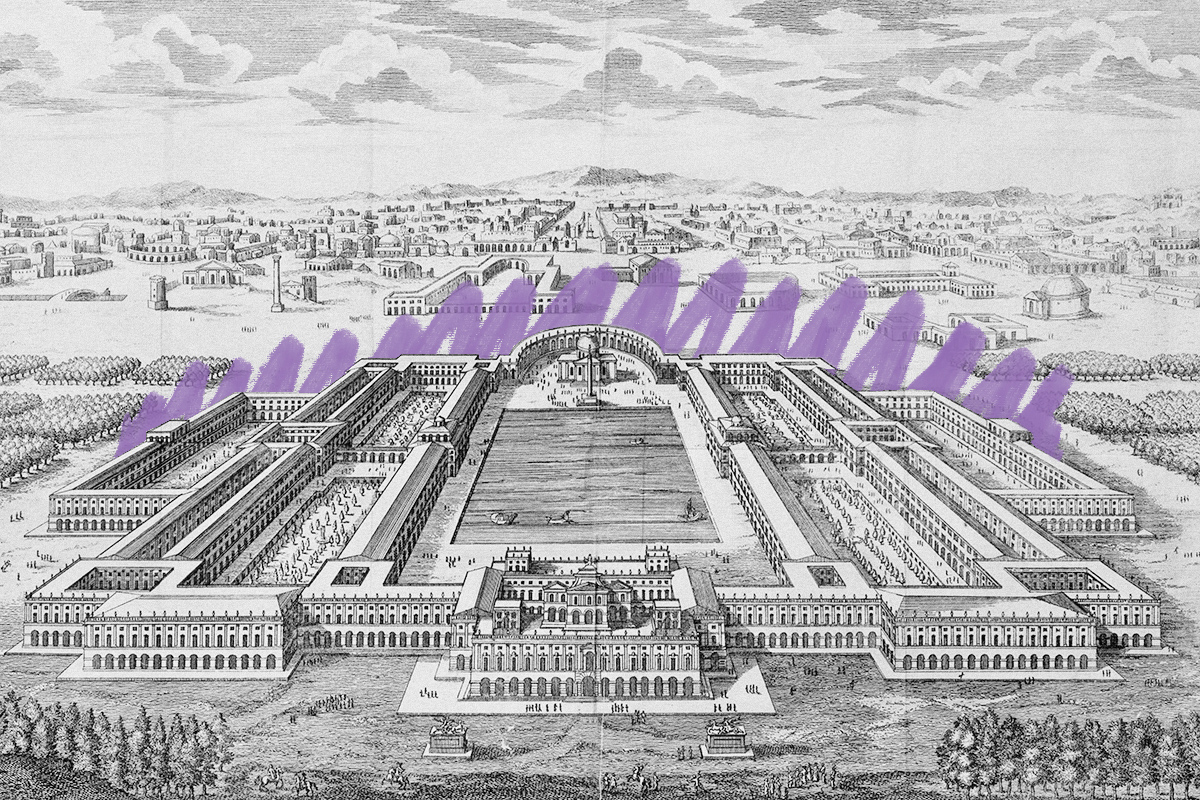Roman Emperor Nero had a rotating dining room.
Revolving restaurants reached their peak in the “space age” of the mid-20th century, when futuristic aesthetics were all the rage. But at least one rotating dining room emerged 1,900 years before those atop the Space Needle and the CN Tower. Roman Emperor Nero, who reigned from 54 to 68 CE, was known for his lavish lifestyle and general debauchery, and among his excesses was a spinning banquet hall in Domus Aurea, his palace on Palatine Hill. The ancient historian Suetonius reported that the “coenatio rotunda” (round dining hall) “revolved perpetually, night and day, in imitation of the motion of the celestial bodies.” He also noted that the ceilings in Nero’s dining rooms were lined with ivory and had special pipes that could shower perfume and flowers on his guests.
In 2009, archaeologists found corroborating evidence for Suetonius’ account — at least the rotating part. A team uncovered a dining room more than 50 feet across resting on a pillar more than 13 feet in diameter, surrounded by arched braces that connected it to an exterior wall. Researchers believe the rotating mechanism was powered by water from a nearby aqueduct, which activated a series of gears. The restaurant floor itself likely rotated on spherical rollers similar to ball bearings.
Nero died in 68 CE, the same year his palace was completed, so the engineering marvel didn’t get much use. After his death, the building was stripped of anything valuable, filled in, and used as a foundation for other buildings. It was found in an embankment overlooking Rome, so the rotating dining room had probably served the same purpose as modern ones: offering gorgeous 360-degree views.







